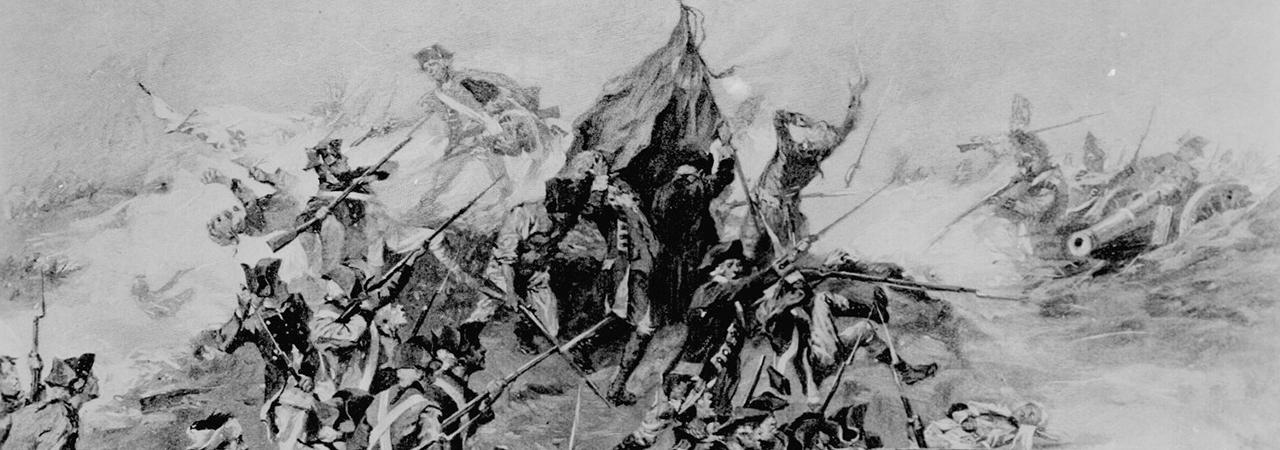About Publications Library Archives
heritagepost.org

Preserving Revolutionary & Civil War History

Preserving Revolutionary & Civil War History

The American commander Brigadier General Robert Howe of North Carolina, with only 700 men, made a feeble attempt to defend the city. But with troops in their rear, the American defense was broken. With the loss of well over 550 men, and all the artillery, Howe was forced to retire into South Carolina.
Henry Clinton, in charge of British troop in America, is ordered to move to the South. Intelligence reports in Britain indicate that both Georgia and South Carolina have a large Loyalist population who will side with the British. However, to do so means Clinton will have to reduce his manpower in the North. This would open his troop in the northern theater to attack by George Washington. Clinton and his advisors come up with a plan. They send 8,500 troops to Savannah.
The troops from New York, under the command of Lt. Colonel Archibald Campbell, arrive at Tybee Island on December 23, 1778. They are a month late. Forces from St. Augustine under the command of Augustine Prevost join them. Together they march on Savannah.
Howe held a council that morning, and ground was chosen at which to make a stand. About one-half mile (0.7 km) south of the city, he established a line of defense. He formed a line in the shape of an open V, with the ends anchored by swampy woods. On the left Howe placed Georgia Continentals and militia under Samuel Elbert, while on the right he put South Carolina Continentals under Isaac Huger and William Thompson. The line was supported by four pieces of field artillery, and light infantry companies guarded the flanks. Most of Howe’s troops, including the Continentals, had seen little or no action in the war.
Campbell’s forces consisted of two battalions of the 71st Highland Regiment, two regiments of German soldiers (von Wissenbach and von Wöllwarth), and four companies of Loyalists, mostly recruited in New York. When his advance companies spotted Howe’s line (drawing a volley of fire), the main body stopped short of the field and Campbell went to see what he was up against. He viewed Howe’s defenses as essentially sound, but a local slave told him that there was a path through the swamp on Howe’s right. He ordered James Baird to take 350 light infantry and about 250 New York Loyalists and follow the slave through the swamp, while he arrayed his troops just out of view in a way that would give the impression he would attempt a flanking maneuver on Howe’s left. One of his officers climbed a tree to observe Baird’s progress. True to the slave’s word, the trail came out near the Continental barracks, which were left unguarded; the Continentals were unaware they had been flanked. When they reached position, the man in the tree signaled by waving his hat, and Campbell ordered the regulars to charge.
The first sounds of battle Howe heard were musket fire from the barracks, but these were rapidly followed by cannonfire and the appearance of charging British and German troops. He ordered an immediate retreat, but it rapidly turned into a rout. His untried troops hardly bothered to return fire, some throwing down their weapons before attempting to run away through the swampy terrain. Campbell reported that “It was scarcely possible to come up with them, their Retreat was rapid beyond Conception.” The light infantry in the Continental rear cut off the road to Augusta, the only significant escape route, forcing a mad scramble of retreating troops into the city itself. Soldiers who did not immediately surrender were sometimes bayoneted. Colonel Huger managed to form a rear-guard to cover the escape of a number of the Continentals. Some of Howe’s men managed to escape to the north before the British closed off the city, but others were forced to attempt swimming across Yamacraw Creek; an unknown number drowned in the attempt.
Campbell gained control of the city at the cost to his forces of seven killed and seventeen wounded. He took 453 prisoners, and there were at least 83 dead and 11 wounded from Howe’s forces. When Howe’s retreat ended at Purrysburg, South Carolina he had 342 men left, less than half his original army. Howe would receive much of the blame for the disaster, with William Moultrie arguing that he should have either disputed the landing site in force or retreated without battle to keep his army intact. However, he was exonerated in a court martial that inquired into the event.
Campbell wrote that he would be “the first British officer to [rend] a star and stripe from the flag of Congress”. The British held Savannah for the duration of the war, which they used as a base to conduct coastal raids from Charleston, South Carolina to the Florida coast. In the fall of 1779, a combined French and American attempt to recapture Savannah failed with significant casualties. The British held Savannah through the remainder of the war and used the city as a staging ground for further attacks in the South, until the British evacuated on July 11, 1782.